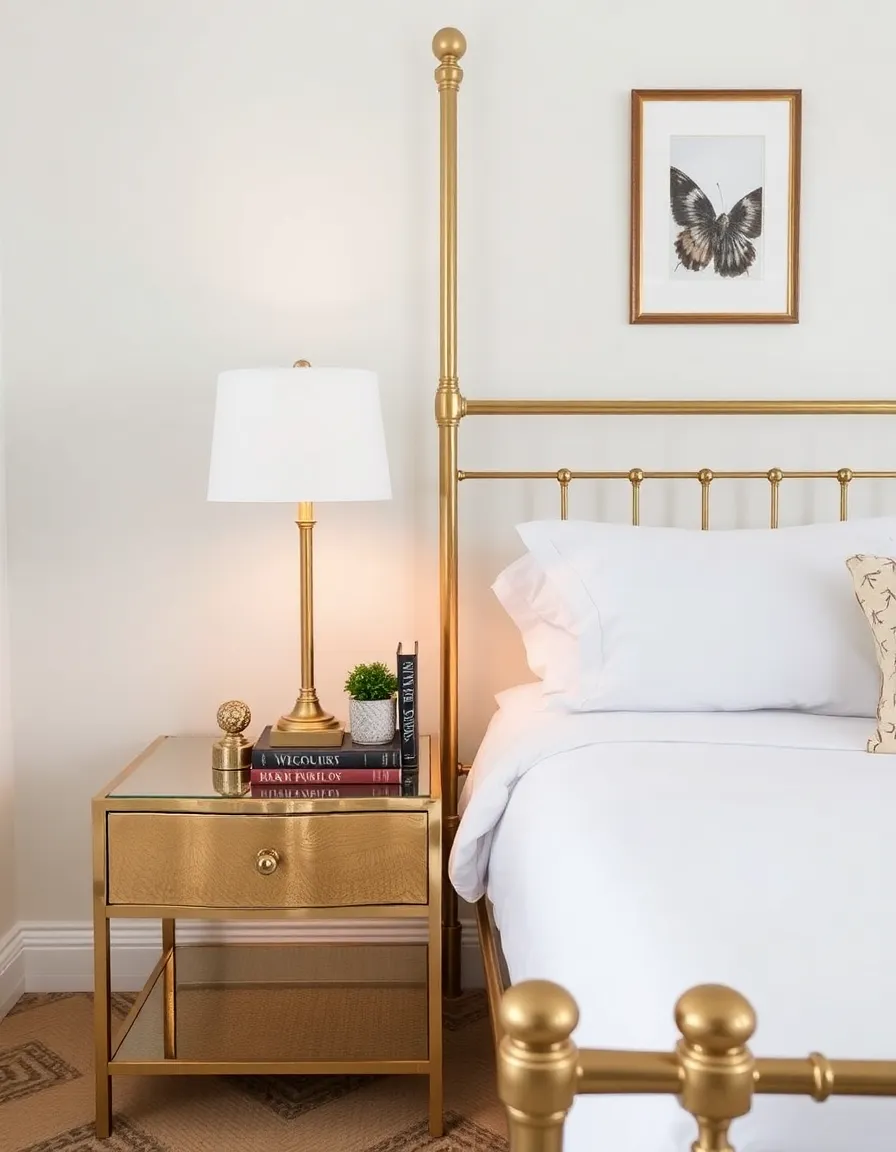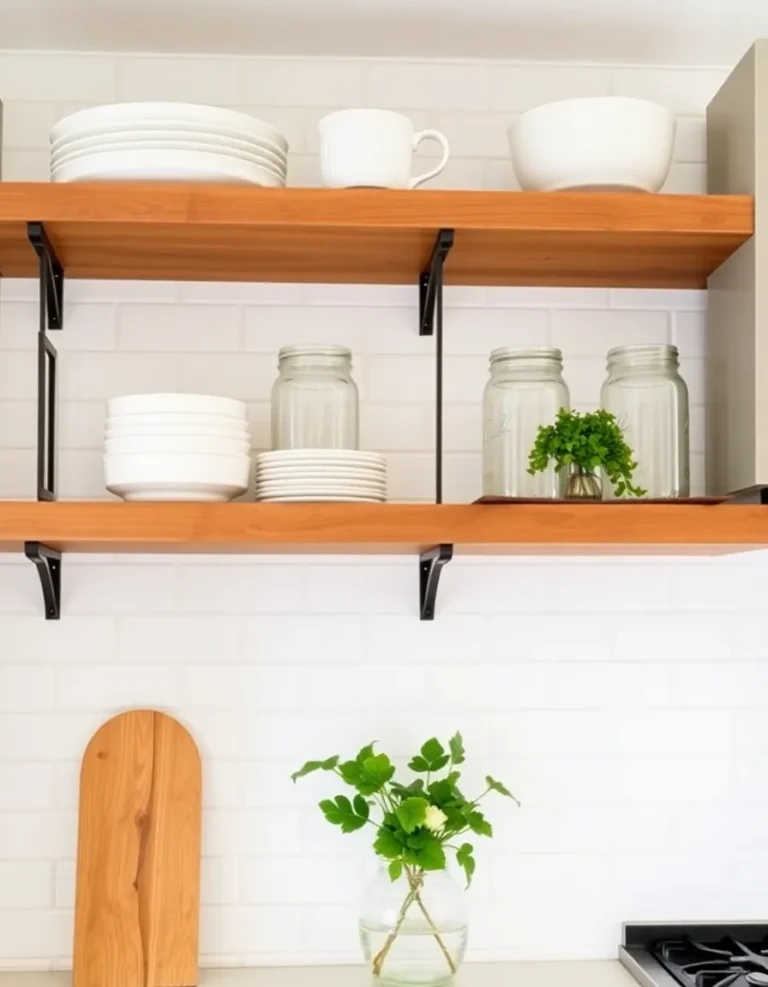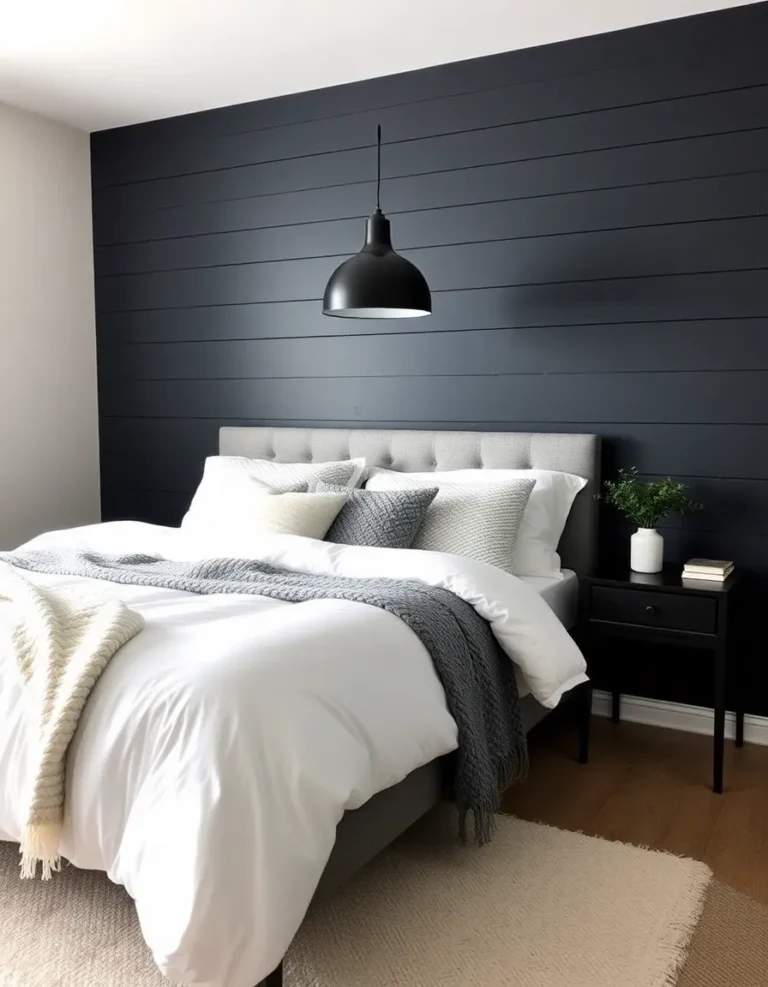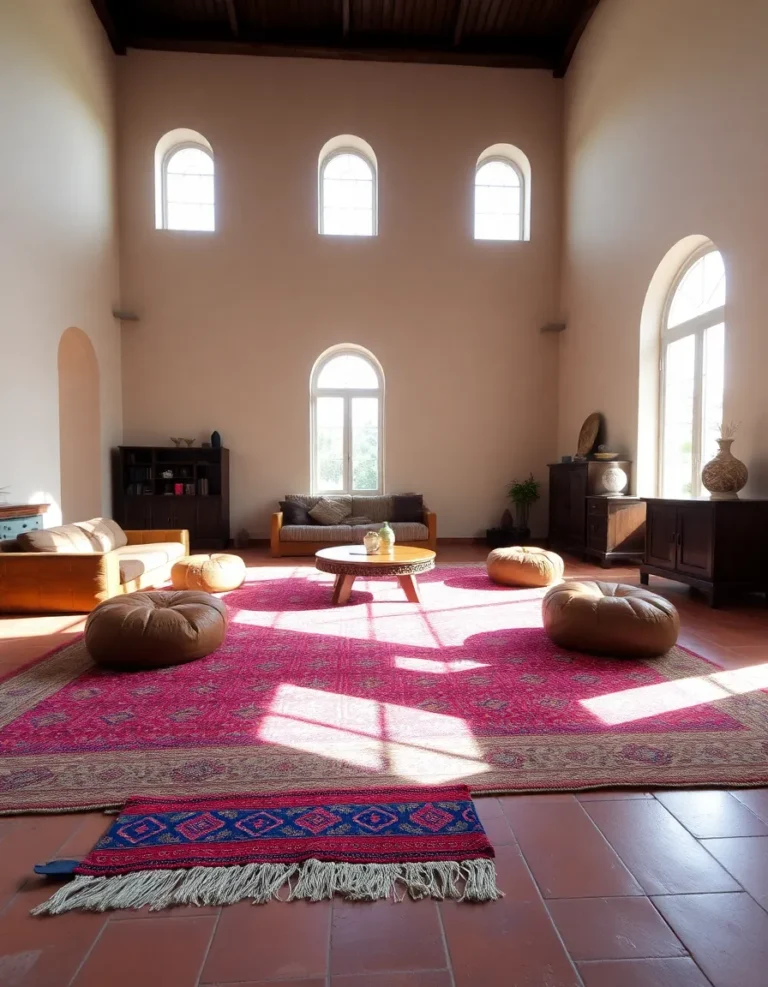18 Iconic 1970s Interior Design Ideas You Can Recreate Today
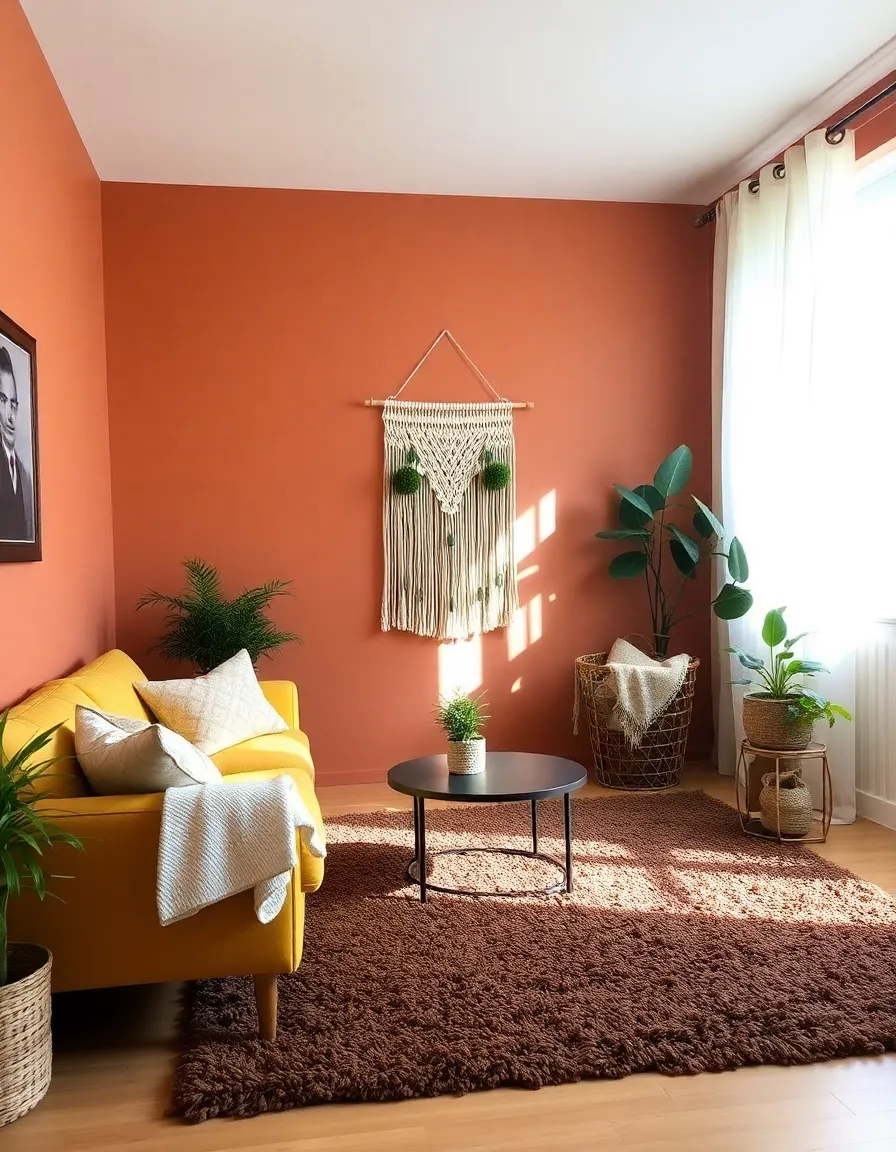
1. Earth-Toned Color Palettes
Remember when avocado green and harvest gold ruled the world? The ’70s were all about embracing nature-inspired hues, and honestly, I’m here for it. These warm, earthy tones create a cozy, inviting vibe that modern minimalism just can’t compete with. Think burnt orange, mustard yellow, and deep browns—colors that scream “I’ve got a macramé plant hanger and I’m not afraid to use it.”
Why not try painting an accent wall in a rich terracotta or swapping out your throw pillows for some retro-inspired shades? Trust me, your space will instantly feel warmer (and way more interesting). And if you’re feeling extra bold, pair them with wood paneling for the ultimate throwback. Just don’t blame me when your friends start calling your living room “the Brady Bunch reboot.”
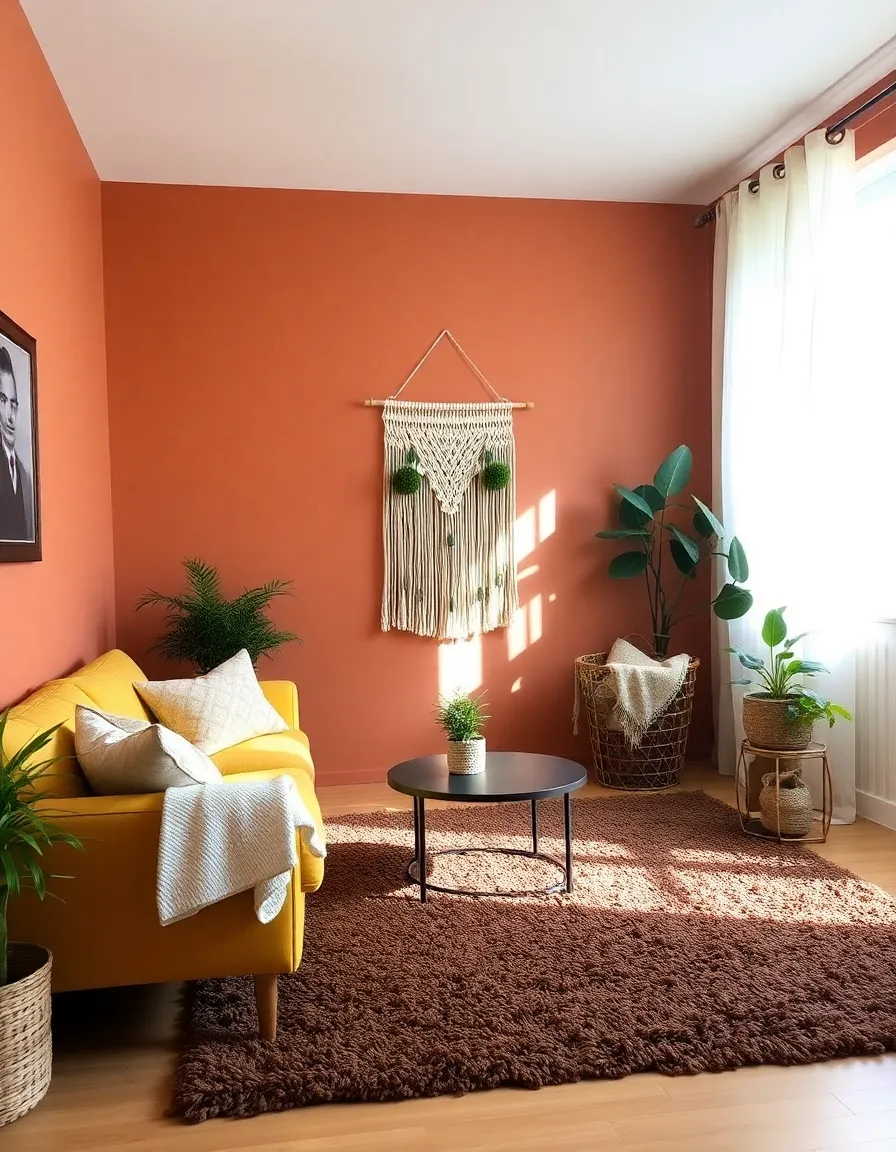
2. Shag Carpets (Yes, Really)
Okay, hear me out—shag carpets are making a comeback, and I’m not mad about it. Sure, they were the bane of every vacuum cleaner’s existence in the ’70s, but nothing says “retro luxe” like sinking your toes into a plush, high-pile rug. Plus, they add instant texture and warmth to any room.
If wall-to-wall shag feels too intense (or too high-maintenance), try a smaller rug in a funky color. A bright orange or teal shag rug under a coffee table? Chef’s kiss. Just be prepared to vacuum… a lot. Or embrace the “lived-in” look and pretend the crumbs are part of the aesthetic. No judgment here.
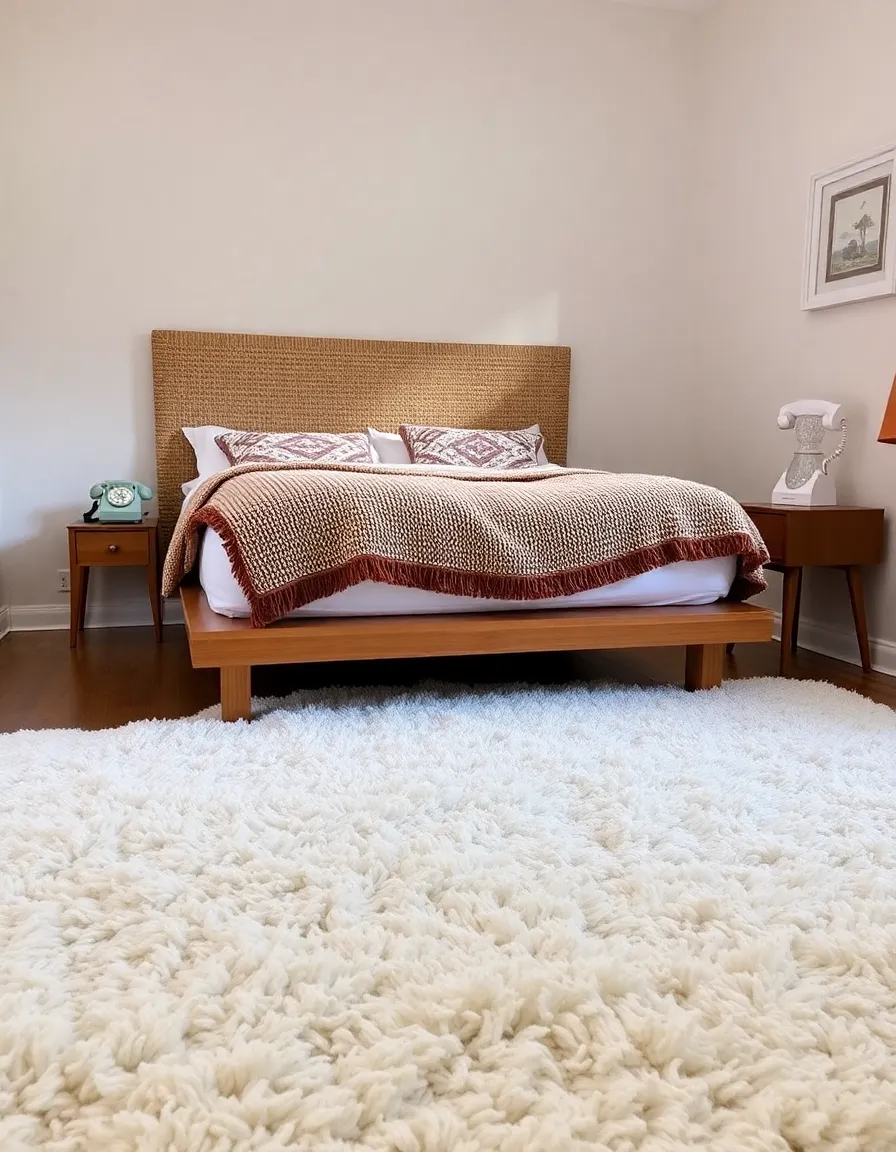
3. Sunken Living Rooms
Nothing says “I’m fancy and also slightly dangerous” like a sunken living room. These conversation pits were the ultimate ’70s flex, and honestly, they’re still kinda cool. Imagine hosting a cocktail party where your guests have to take a single step down into your ultra-chill lounge area. Instant vibe.
Now, I’m not saying you should tear up your floors (unless you’re really committed), but you can fake the look with strategic furniture placement. Try arranging your seating in a cozy, lowered cluster with lots of floor cushions. Add a circular rug to define the space, and boom—you’ve got a modern take on the sunken living room. Just maybe warn your tipsy friends about the step.

4. Wicker and Rattan Everything
If the ’70s had a spirit material, it would be rattan. From peacock chairs to hanging egg chairs, this stuff was everywhere. And guess what? It’s still a total vibe. Wicker and rattan add natural texture and a laid-back, tropical feel to any space—perfect for pretending you’re on permanent vacation.
You don’t have to go full “grandma’s porch,” though. A rattan mirror, a wicker side table, or even a bamboo room divider can give you that retro flair without overwhelming your space. Pair it with some leafy plants, and you’ve got yourself an instant oasis. Bonus points if you actually remember to water the plants.
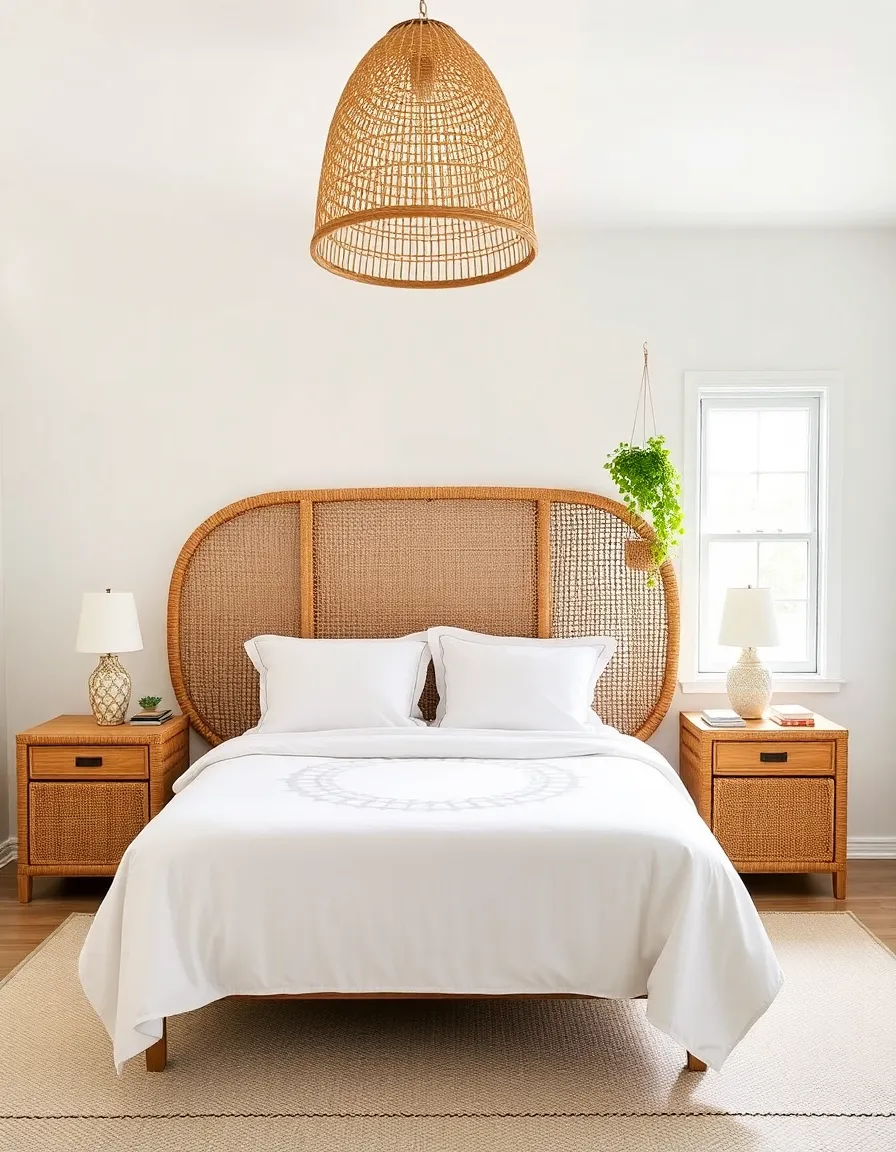
5. Bold Geometric Patterns
Forget subtle florals—the ’70s were all about loud, proud geometric patterns. Think zigzags, hexagons, and psychedelic swirls that make your eyes vibrate (in the best way). These patterns were everywhere, from wallpaper to upholstery, and they’re a killer way to add personality to a space.
If you’re not ready to commit to a full-on patterned couch, start small with throw pillows, curtains, or even a funky area rug. Mixing and matching different geometric prints can look intentional (read: not chaotic) if you stick to a cohesive color palette. Just don’t blame me if you start hallucinating after staring at your new wallpaper for too long.

6. Statement Lighting (The More Obnoxious, the Better)
The ’70s didn’t do “subtle” when it came to lighting. Think sputnik chandeliers, lava lamps, and anything that looked like it belonged in a spaceship. Lighting was a statement, not an afterthought, and honestly? We should bring that energy back.
Swap out your basic ceiling fixture for a funky pendant or a cluster of globe lights. Or go full nostalgia with a lava lamp—because nothing says “I’m cool” like watching blobs of colored wax slowly melt while you pretend to read Sartre. Pro tip: dimmer switches are your friend. Mood lighting is key to nailing that ’70s vibe.
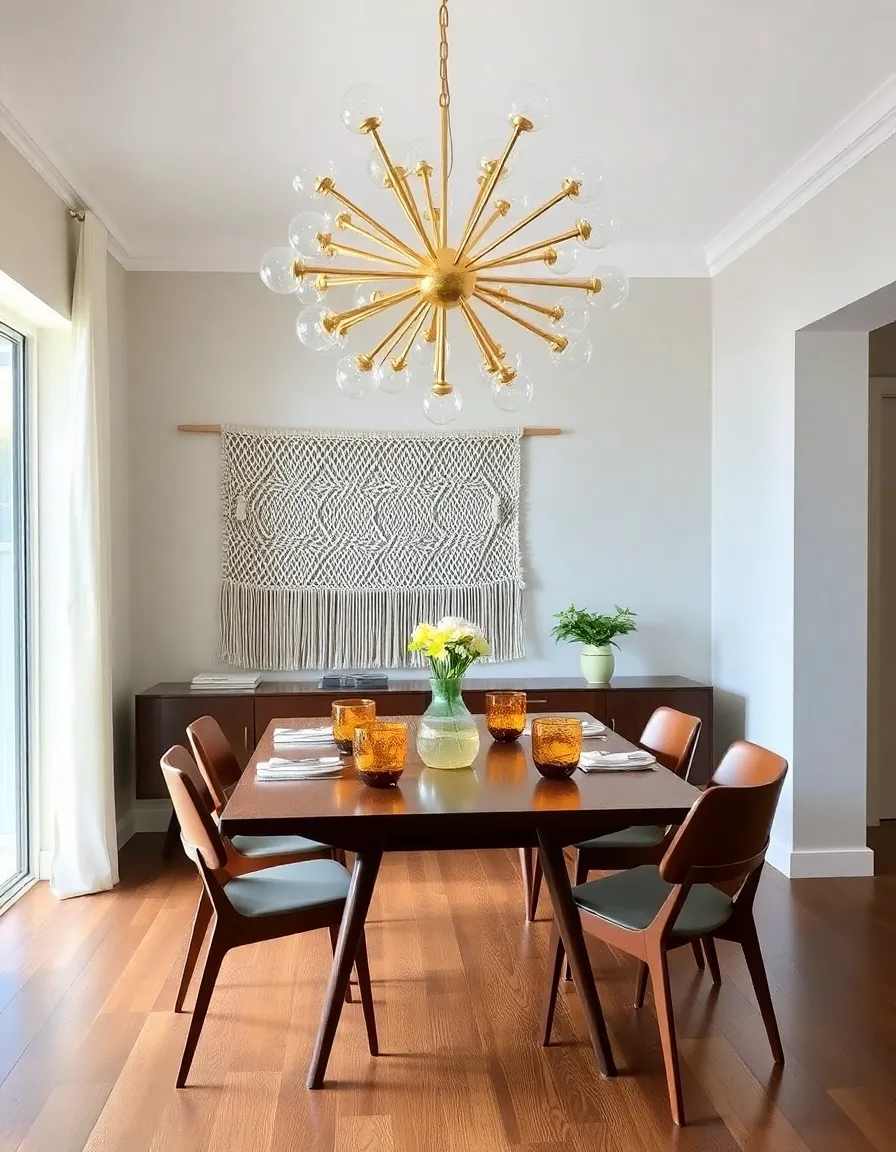
7. Wood Paneling (But Make It Chic)
Wood paneling got a bad rap after the ’70s, but hear me out—when done right, it’s actually stunning. The key is to avoid the cheap, dark stuff that makes a room feel like a basement rec room. Instead, opt for lighter, natural wood tones or even painted paneling for a fresh take.
Try adding wood paneling to a single accent wall or a cozy reading nook. Pair it with modern furniture and plenty of plants to keep it from feeling dated. And if anyone asks, just say you’re channeling “Nordic cabin meets disco era.” They’ll nod like they get it.
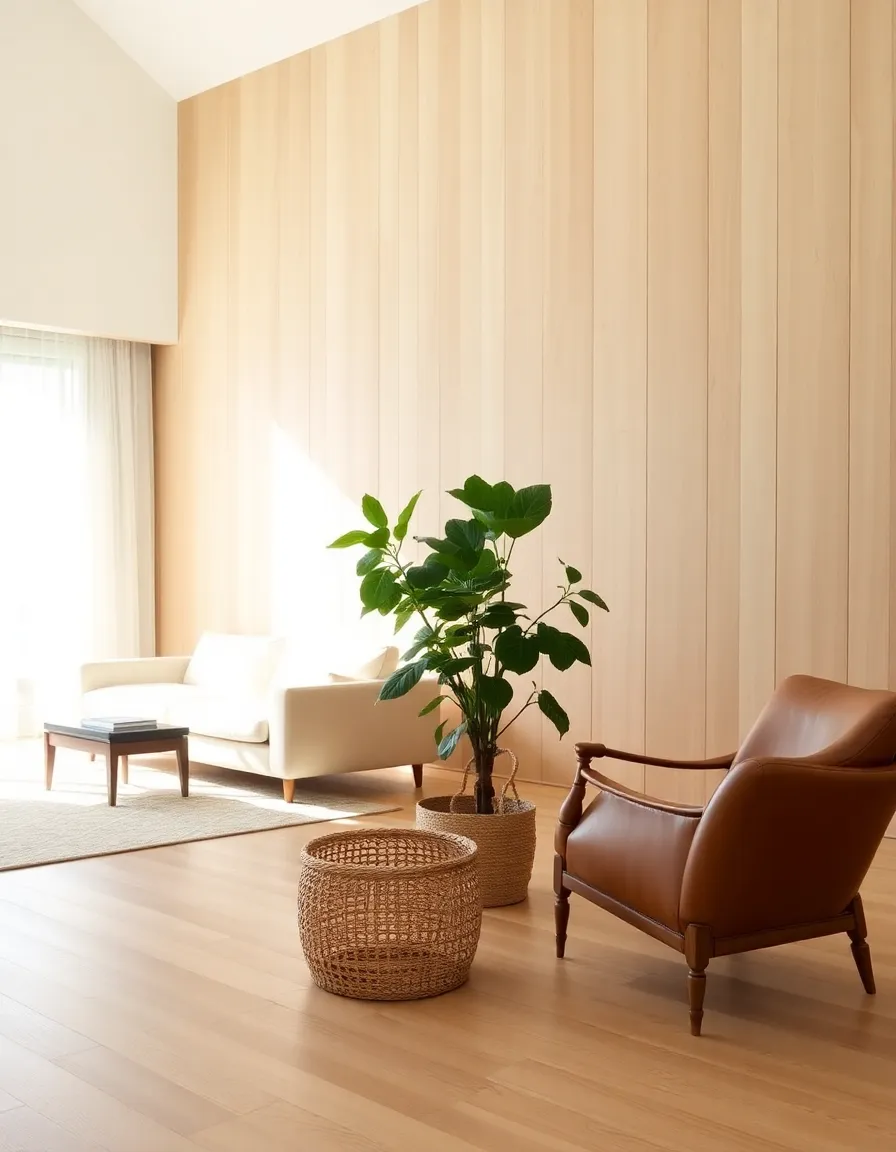
8. Velvet Upholstery (Because You Deserve Luxury)
Velvet was the fabric of choice in the ’70s, and for good reason—it’s soft, luxurious, and just a little bit extra. A velvet sofa or armchair instantly elevates a space, especially in rich jewel tones like emerald green or deep sapphire.
If you’re not ready to commit to a full velvet couch, try a couple of velvet throw pillows or a draped velvet blanket. It’s an easy way to add texture and a touch of glam without going full “Hollywood Regency.” Plus, it’s basically an excuse to pet your furniture, and who doesn’t want that?
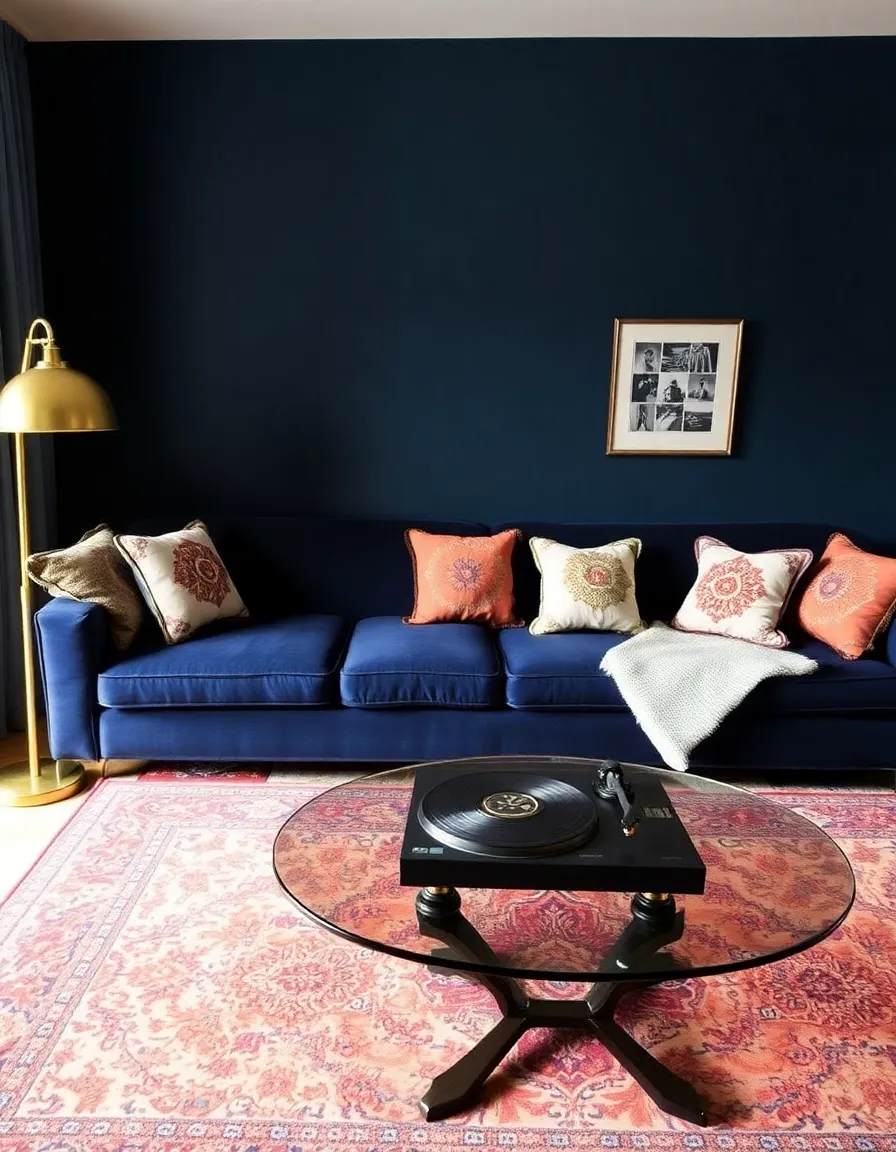
9. Conversation Pits (The Ultimate Flex)
We already touched on sunken living rooms, but conversation pits deserve their own moment. These built-in seating areas were the ultimate in ’70s cool—imagine a giant, cozy pit where you and your friends could lounge for hours, probably discussing existentialism or the merits of fondue.
While most of us can’t exactly carve a pit into our floors, you can recreate the vibe with a large, U-shaped sectional and plenty of floor cushions. Add a low coffee table and some mood lighting, and you’ve got the modern equivalent. Just try not to spill your wine.
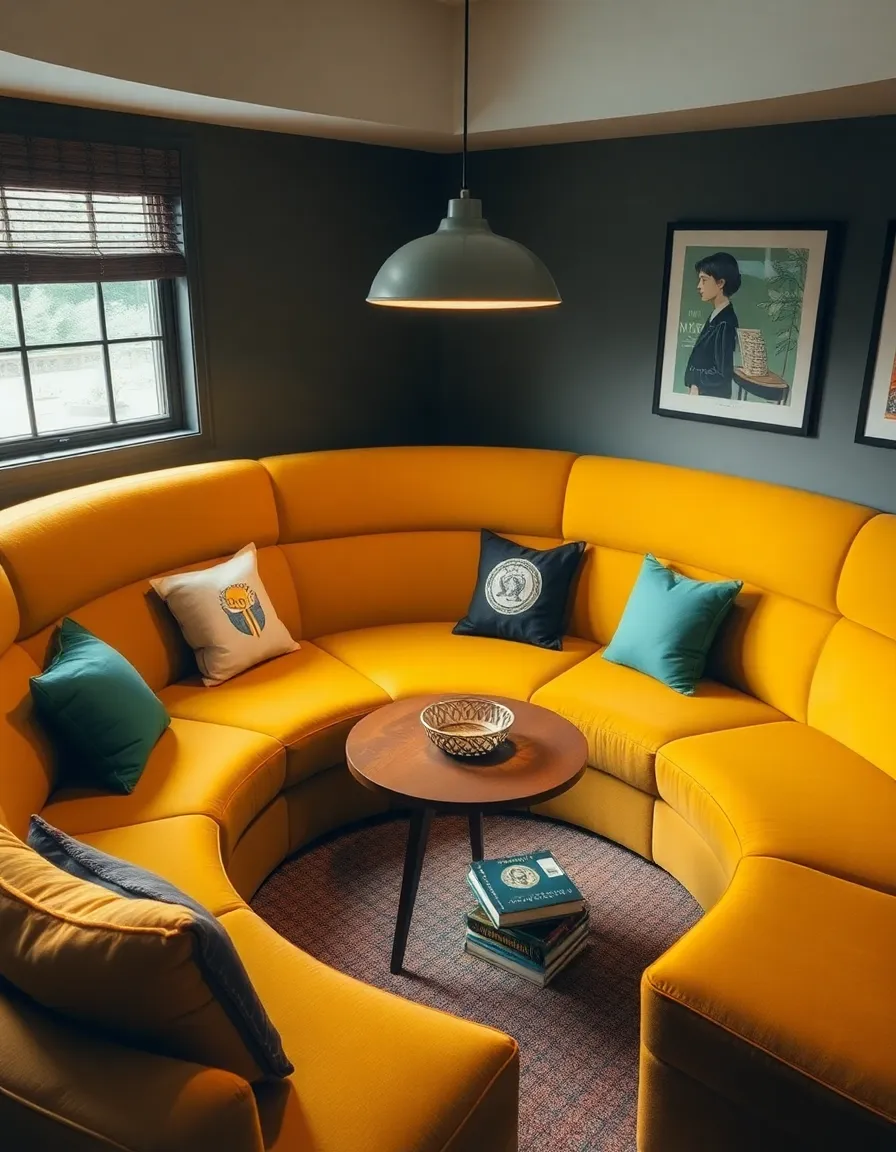
10. Beaded Curtains (For the Free-Spirited)
Beaded curtains were the quintessential ’70s room divider, and they’re back in a big way. Sure, they’re a little kitschy, but that’s part of the charm. There’s something undeniably fun about walking through a cascade of beads—like you’re in a low-budget music video.
Hang a beaded curtain in a doorway or use it to separate spaces in an open-concept loft. Go for natural wood beads for a boho vibe or colorful plastic ones for full-on retro flair. Just be prepared for the sound of clacking beads to become the soundtrack of your life.
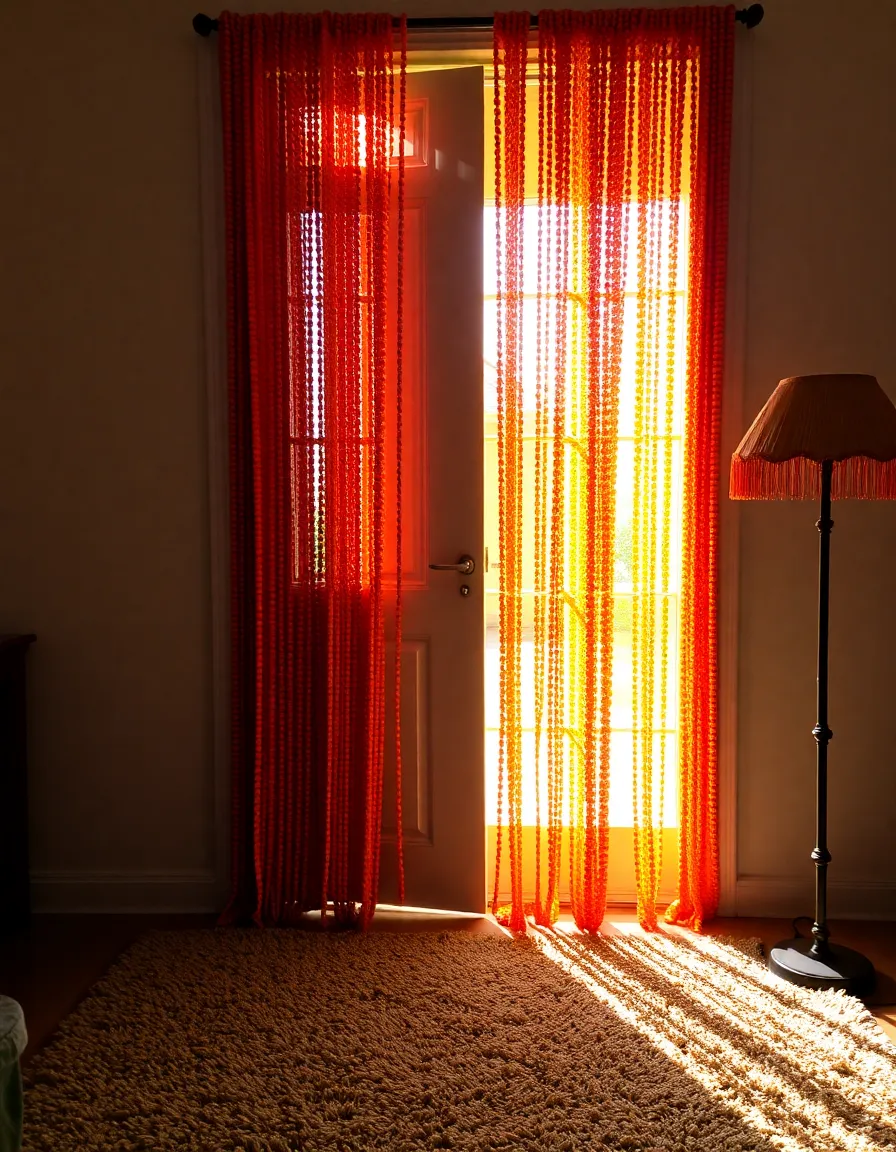
11. Avocado Appliances (Yes, Really)
Okay, this one’s for the brave. Avocado-green appliances were everywhere in the ’70s, and while they might seem like a relic of the past, they’re actually having a moment. There’s something undeniably charming about a retro fridge or stove in a punchy, unexpected color.
If you’re not ready to invest in a full appliance set, try smaller accents like a green toaster or a stand mixer. Or, if you’re feeling crafty, you can even paint your existing appliances with specialty paint. Just make sure you do it right—nobody wants a half-peeled avocado fridge.
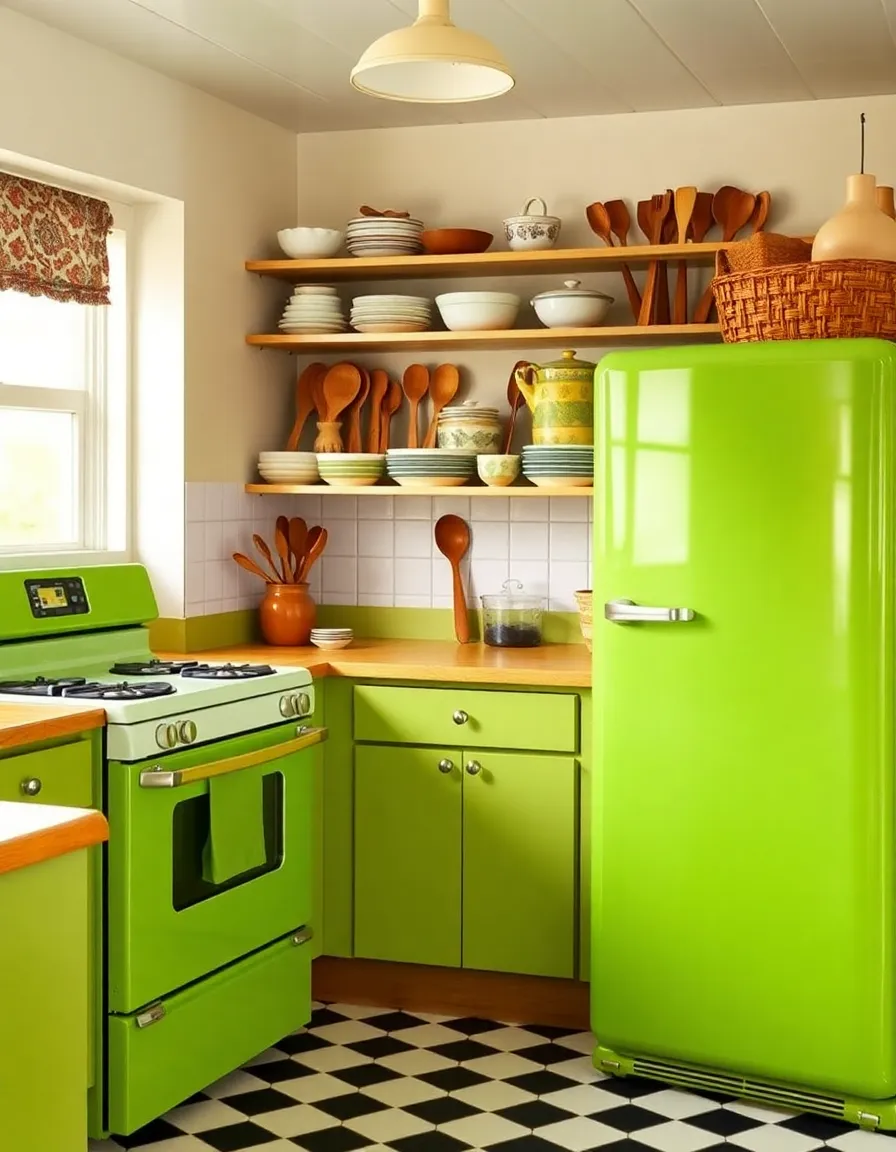
12. Macramé Wall Hangings (Boho Chic)
Macramé was the OG DIY trend, and it’s still a great way to add texture and boho flair to your space. Whether it’s a wall hanging, plant hanger, or even a room divider, macramé brings a handmade, organic feel that’s perfect for channeling ’70s vibes.
You can find gorgeous macramé pieces online, or if you’re feeling ambitious, try making your own. There are tons of tutorials out there, and honestly, even a slightly wonky macramé piece has charm. It’s all about embracing the imperfections—just like the ’70s did.
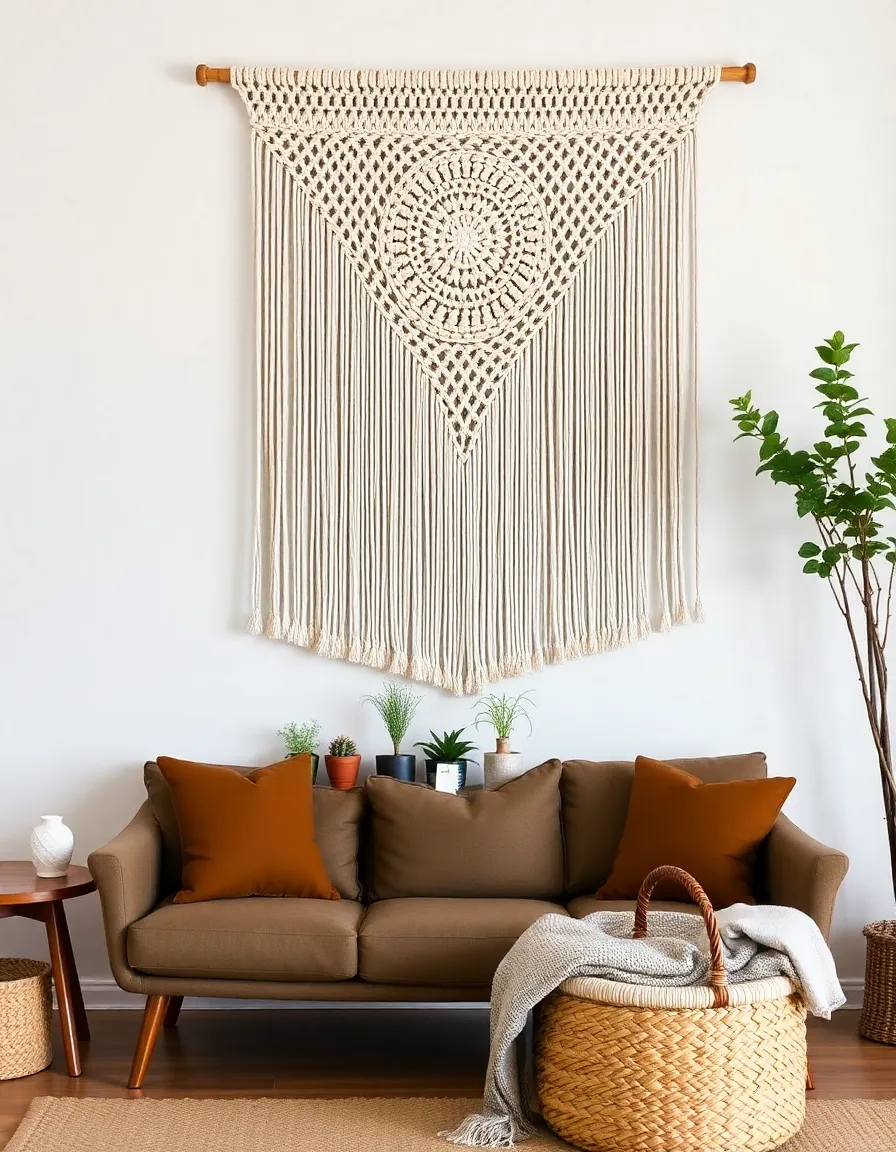
13. Terrazzo Flooring (Retro Meets Modern)
Terrazzo flooring was huge in the ’70s, and it’s making a major comeback. This speckled, composite material is durable, stylish, and surprisingly versatile. It works in everything from kitchens to bathrooms, and it adds a playful, retro touch without feeling dated.
If full terrazzo floors aren’t in the budget, try terrazzo-patterned tiles for a backsplash or even terrazzo-inspired accessories like coasters or planters. It’s a fun way to nod to the trend without going overboard. Plus, it’s basically like having confetti underfoot—what’s not to love?
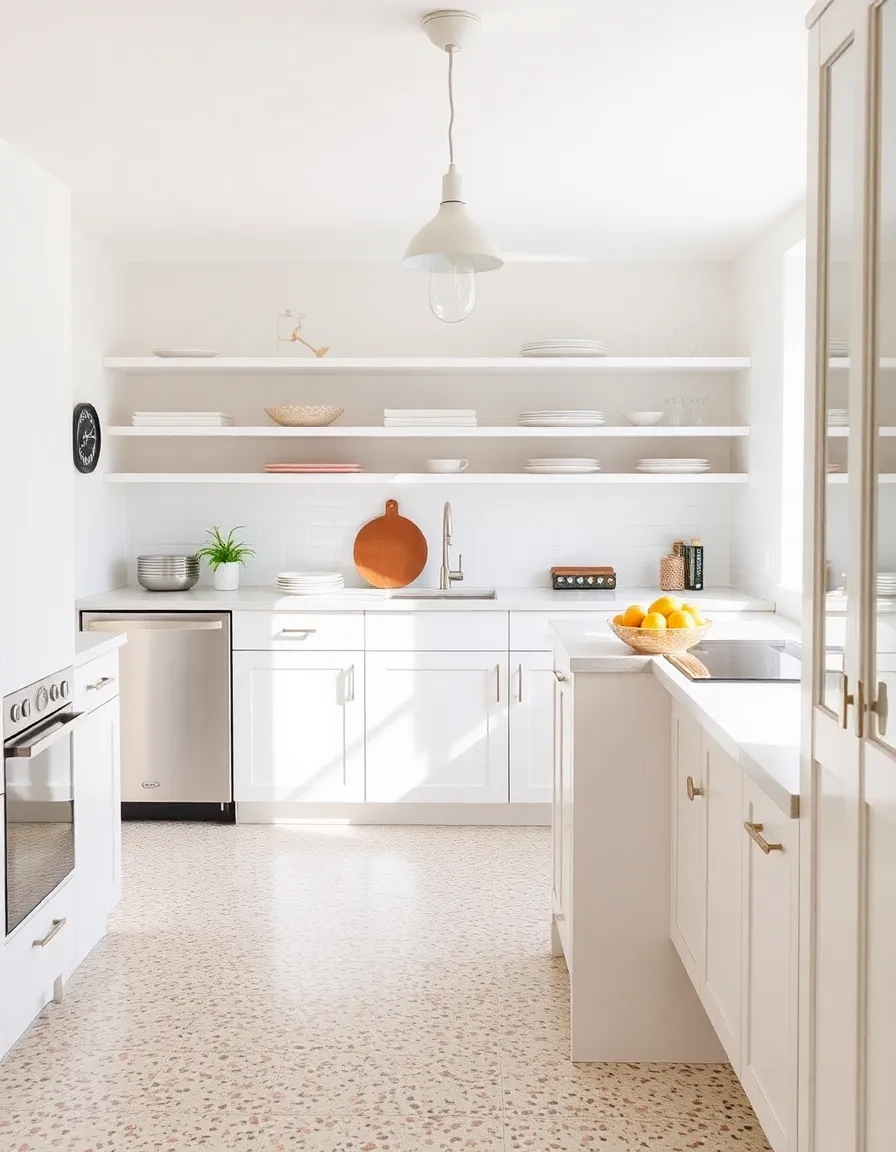
14. Pop Art-Inspired Decor (Because Why Not?)
The ’70s were all about bold, playful art, and pop art was at the forefront. Think Warhol-esque prints, bright colors, and graphic patterns that make a statement. Incorporating pop art into your decor is an easy way to add energy and personality to a space.
Try a framed vintage poster, a colorful abstract painting, or even a funky neon sign. The key is to keep it fun and irreverent—this isn’t the time for subtlety. Bonus points if your art matches your velvet sofa. Extra bonus points if it glows under blacklight.
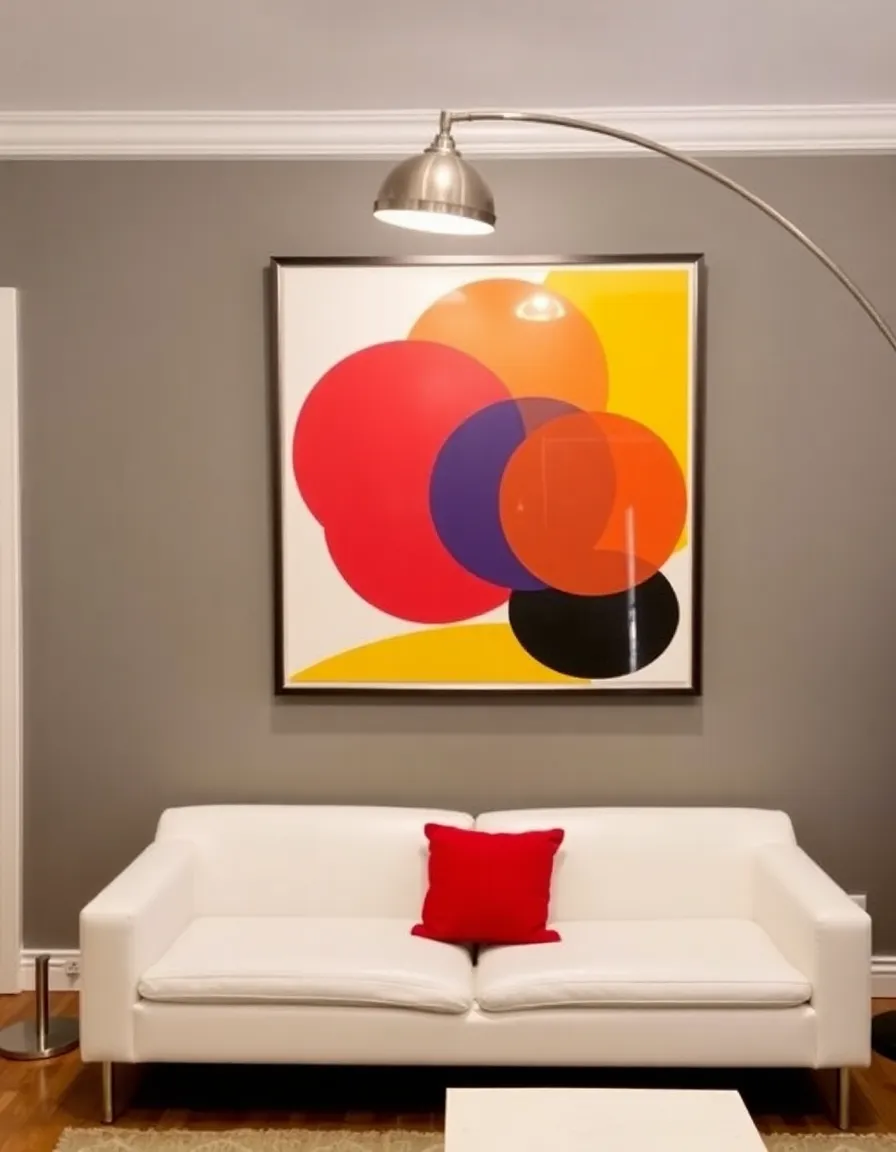
15. Floating Shelves (Minimalist Meets Retro)
Floating shelves were a staple of ’70s design, and they’re still a great way to display your favorite books, plants, and knick-knacks. The key is to keep them simple and uncluttered—think clean lines and natural materials.
Try installing a few floating shelves in a staggered arrangement for visual interest. Style them with a mix of books, small plants, and vintage finds for a curated-but-casual look. And if you’re feeling extra retro, opt for wood or brass brackets for an authentic touch.
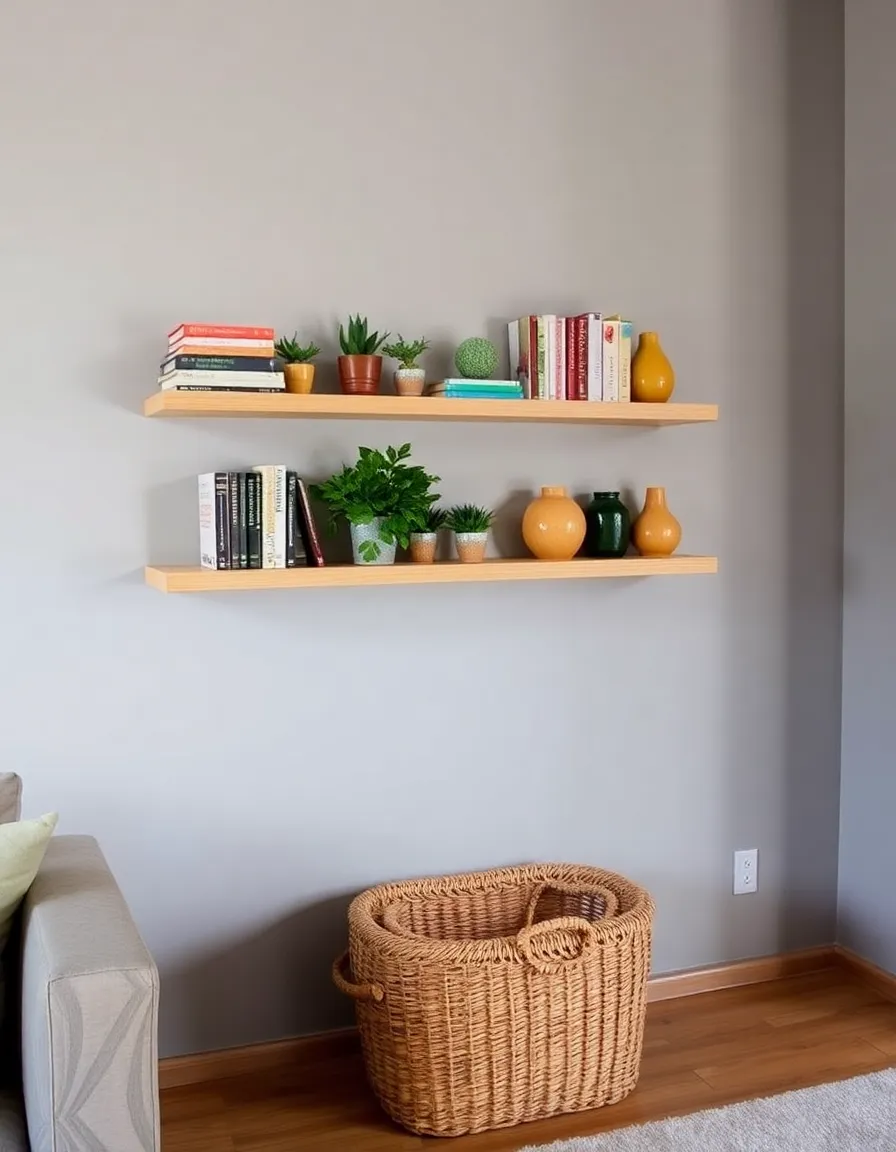
16. Round Mirrors (Because Squares Are Boring)
Round mirrors were everywhere in the ’70s, and they’re still a great way to add softness and style to a space. Whether it’s a sunburst mirror, a simple wood-framed circle, or a funky beaded design, a round mirror instantly elevates a room.
Hang one above a console table, lean a large one against the wall, or even group a few smaller ones together for a gallery wall effect. They’re especially great in small spaces, where they can help bounce light around and make the room feel bigger. Plus, they’re way more interesting than your basic rectangle.

17. Indoor Plants (The More, the Better)
The ’70s were all about bringing the outdoors in, and that meant houseplants—lots of them. From towering fiddle-leaf figs to trailing pothos, plants were a key part of the aesthetic. And honestly, they still should be.
Fill your space with greenery, and don’t be afraid to go big. A large monstera or bird of paradise can make a serious statement, while smaller plants like snake plants and succulents are perfect for shelves and tabletops. Just try not to kill them—unlike shag carpets, plants actually need maintenance.
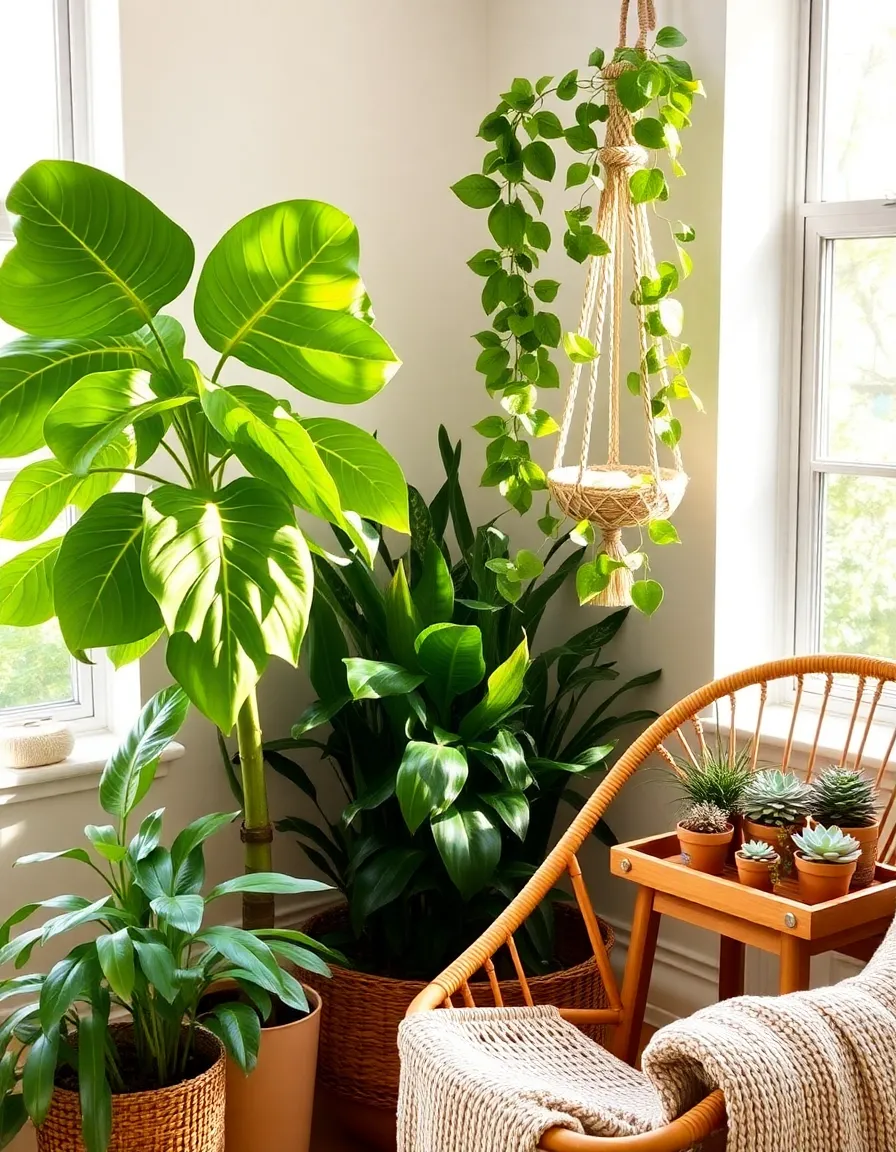
18. Brass Accents (For a Touch of Glam)
Brass was the metal of choice in the ’70s, and it’s still a great way to add warmth and glam to a space. Think brass lamps, drawer pulls, and even furniture legs—anything that catches the light and adds a little shine.
Mix brass with natural materials like wood and rattan for a balanced look, or go full glam with mirrored surfaces and velvet upholstery. And don’t worry about it being too flashy—brass has a way of feeling luxe without being over-the-top. Unless you cover your entire ceiling in brass tiles, in which case, go off.
